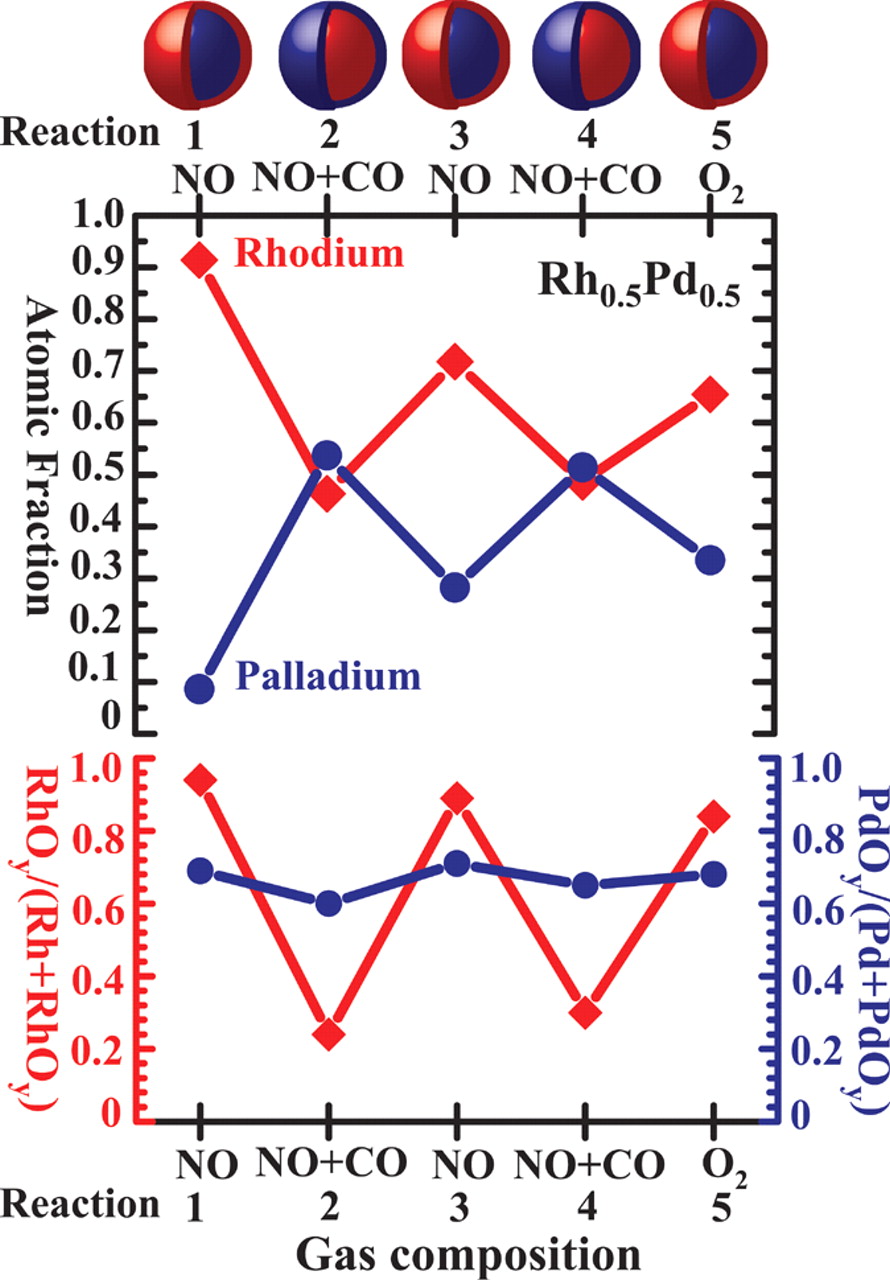
The 2020 David A. Shirley Award for Outstanding Scientific Achievement at the ALS is being awarded in recognition of the deep impact on surface science made by Miquel Salmeron, a senior staff scientist in Berkeley Lab’s Materials Sciences Division and an adjunct professor in UC Berkeley’s Materials Science and Engineering Department. As part of the award, he will deliver a keynote talk at the upcoming ALS User Meeting.
Salmeron is one of the most influential surface scientists of the past 25 years, with achievements in fundamental studies of surface phenomena as well as in the development of groundbreaking scientific instrumentation. In addition to receiving this year’s Shirley Award for scientific achievement, Salmeron has also won the 2004 Klaus Halbach Award for Innovative Instrumentation at the ALS and an R&D 100 Award, among many other accolades.
“Instrumentation and scientific accomplishments—these things are very intricate and mixed,” said Salmeron. “I have a problem that I want to solve, and it often happens that there is no good instrument to address it.” His response? “Well, let’s invent one!”
Salmeron’s most famous invention, developed with UC Davis Professor Chuck Fadley and former ALS Division Deputy Zahid Hussain, is a differential pumping system that allows scientists to probe surfaces using x-ray photoelectron spectroscopy (XPS) at near-ambient pressures and humidities. Previously, such studies could only be done in ultrahigh vacuum, because the photoelectrons emitted from a sample don’t travel very far in gases or liquids.

“You break the vacuum into pieces,” said Salmeron. As the electrons go from one piece, or chamber, to the next, they encounter progressively lower pressures. “At the end, the pressure is very low and everything functions perfectly well.”
Today, ambient-pressure x-ray photoelectron spectroscopy (APXPS) is a mainstream scientific application revealing chemical, electronic, and mechanical properties of surfaces and interfaces at the nanometer (and often atomic) scale. Virtually every synchrotron worldwide now has at least one beamline with APXPS capability, and several companies are now selling laboratory-based APXPS systems, a testament to the idea’s impact beyond the synchrotron community.
“To my delight,” said Salmeron, “success was immediate, because scientists discovered that what they want to do is study surfaces under the real environments in which they live.”

Subsequently, Salmeron applied this powerful technique to an astonishing variety of scientific topics, from probing the surfaces of catalysts under operating conditions to demonstrating the mechanism underlying the growth of the ozone hole in the atmosphere. He even settled a century-old debate between Michael Faraday and Lord Kelvin as to how ice melts—a difficult experiment because contaminants in air can change the melting point of ice. APXPS can pinpoint when the surface layer turns from solid to liquid (the reason ice is slippery), as well as determine whether any impurities are present.
Over the years, Salmeron’s work (as well as the work of others who utilize APXPS) has resulted in a steady stream of ALS science highlights—too many to list here. But one of the earliest, from 2010, was made possible by APXPS and another of Salmeron’s innovations: high-pressure scanning tunneling microscopy (STM). The images revealed that under realistic pressures, platinum surfaces can change their structure dramatically in response to the presence of high-coverage reactants.

Yet another Salmeron development: a way to probe solid/liquid interfaces that yields information about the electronic structure, composition, and speciation of a liquid electrolyte just nanometers away from an electrode. Using this technique, the structure of water near Au and Pt electrodes was probed in the presence of bias, which was shown to orient the water molecules near the electrodes.

Most recently, Salmeron developed an electrochemical cell covered by ultrathin graphene membranes, which are transparent to both photons and electrons. Infrared vibrational spectroscopy can then be performed using atomic force microscope tips to probe solid/liquid interfaces. The approach paves the way for nondestructive, in situ, operando investigations in liquid environments, including biological studies, where proteins—say from a virus like SARS-CoV-2, for example—can be studied in their hydrated states.
Salmeron’s advice to young scientists who want to emulate his sustained record of success is to be driven by curiosity, and not to be deterred by the fear that things will not work. “It’s not that you should dismiss economic importance and applications, but you should care about satisfying your curiosity. Do something that makes you happy, that you really like. That’s the best recipe.”
The Shirley Award is named after David Shirley, a Professor of Chemistry at UC Berkeley and Director of Berkeley Lab from 1980 to 1989, whose vision was instrumental in building the ALS. Recipients of the award are selected by members of the ALS Users’ Executive Committee (UEC) and are invited to address a plenary session of the ALS User Meeting. This year, the Shirley Award talk is scheduled for Tuesday, August 25, at 10:30 a.m. Because the meeting will be held online, attendance is free and open to all who register.